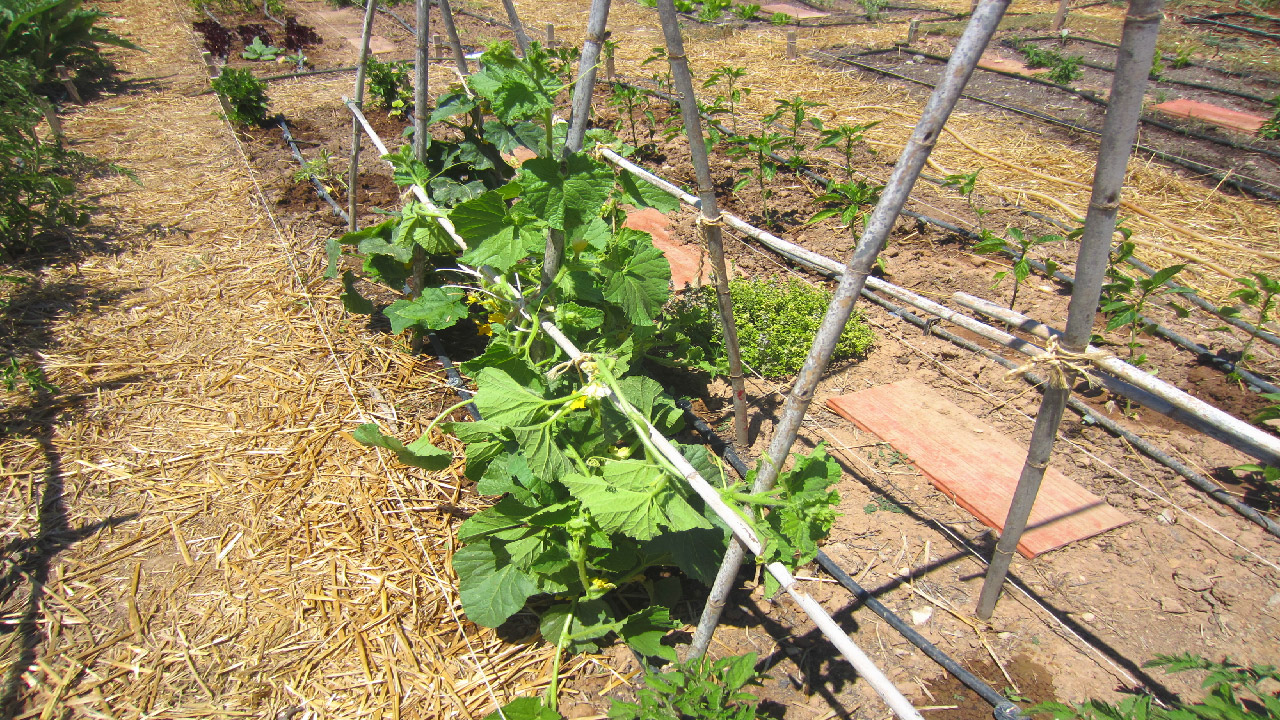Planning Your Drip Irrigation System
Apr 12th 2023
Now that early spring has come, it's time to get started preparing the garden for summer. One of the most important considerations for your garden is the irrigation system to ensure your plants have a steady supply of fresh water. Drip irrigation systems are some of the most water-efficient and customizable watering systems available. Whether you're a beginner or an experienced user, there are many factors to consider when planning your drip irrigation system.
First, it's important to determine the space you will need to irrigate. What plants are you growing? Are you cultivating vegetables? Growing flowers? Are you setting up a custom landscape design? All these scenarios may require slightly different drip irrigation setups. It can be helpful to begin with a sketch of the space you have and the location of your water source. From there, sketch out your garden beds, growing areas, row crops, and any other location you have plants growing. Be sure to consider companion planting by grouping vegetables based on their watering needs, like placing deep-rooted vegetables in the same garden bed. If you are just getting started setting up your garden, DripWorks offers an entire Gallery of Plans for inspiration on how to design your setup.
On your sketch, add the tentative location of your mainline tubing and any place you will make a 90-degree turn. This can help you estimate how many feet of tubing you will need, in addition to any elbow fittings, couplers, tees, or end caps. Though not essential, writing in locations that experience full sunlight or partial shade can be beneficial because it may impact the amount of water needed in each area of your yard. Pressure and flow are essential to correctly planning your irrigation system. Washington State University offers an easy-to-use flow calculator to get the water application rate of your irrigation lines.
The soil types in your area can profoundly influence water retention in your yard. Sandy soils drain water a lot faster than soils with more clay. Dirt can also be compacted in one area and not another, so it's important to check and understand what you are working with. The amount of water you need may change throughout the growing season. If you're experiencing a rainy and wet spring, you will need considerably less water than in a hot and dry summer. One easy way to plan for these changes may be to invest in an irrigation controller.
The drip system you choose should be long enough to cover all of your important plants and customizable for your unique landscaping situation. Our garden bed kits at DripWorks come with everything you need to get started, including mainline tubing, fittings, a filter, and a PSI regulator. Consider adding a timer to your irrigation system to ensure your daily watering goes off without a hitch and doesn't only depend on your memory.
For more in-depth information, be sure to check out the DripWorks Drip Planning Guide. It defines all of the basic drip irrigation terms and offers practical installation tips for your system. If you are a visual learner, we also have a wide range of videos to help you learn how to set up a successful drip irrigation system.

